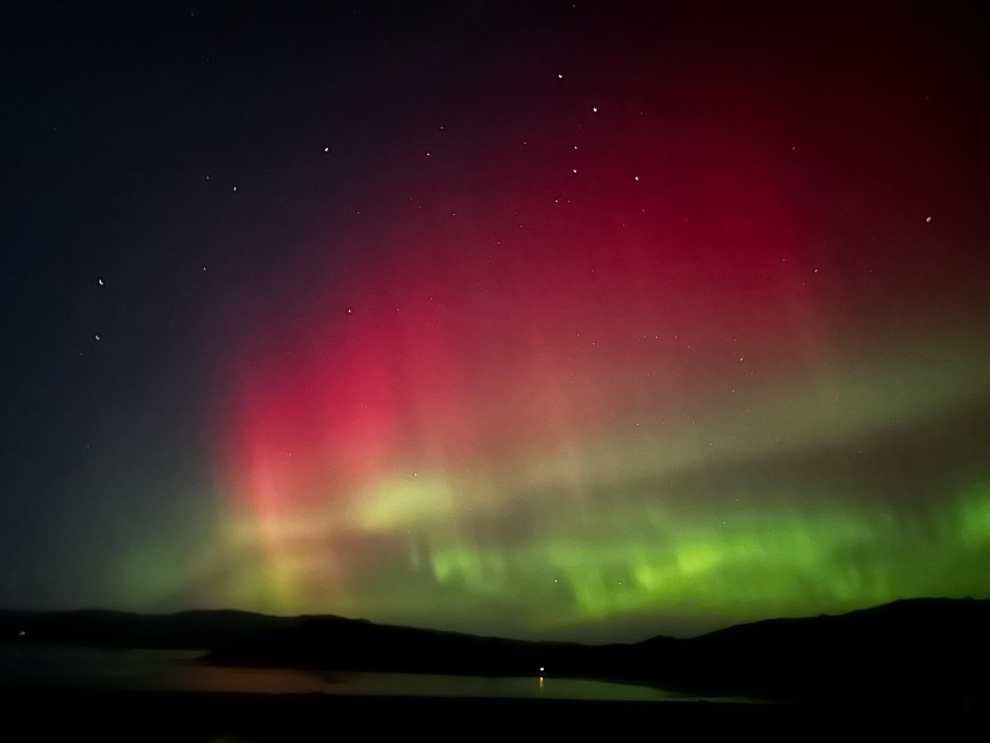THE MET OFFICE has announced an increased likelihood of the northern lights being visible in Wales and other parts of the UK on Thursday night. If skies remain clear, the aurora borealis may be seen across Scotland, and potentially as far south as Northern Ireland, north Wales, northern and central England.
Ordinarily, the UK’s sightings of the electrically-charged particles from space are limited to Scotland and parts of northern England and Northern Ireland. However, the Met Office’s Space Weather department has predicted a series of coronal mass ejections (CMEs) and a massive solar storm from the sun that will strike Earth, making visible aurora more probable.
The Met Office’s Space Weather unit has also stated that there is a chance of Moderate or Strong Storm conditions. The CME on 20/21 Apr is likely to lead to visible aurora across Scotland, perhaps Northern Ireland and much of Northern England, with a low chance of aurora visible to North Wales and central England.
Wales has already experienced sightings of the northern lights this year, as far south as Pembrokeshire, and there could be another opportunity to see them tonight (April 20). The Met Office’s forecast for Wales tonight indicates that there will be some clear spells, although it will become cloudier from the east during the evening.
The Met Office advises that the best conditions to view the lights are when the sky is dark and clear of any clouds. Cloud cover ultimately blocks the view of the light. Ideally, the lights will be best viewed away from any light pollution, in remote areas, facing the northern horizon – north-facing coasts produce some of the best viewing locations.
The northern lights are most active during the Equinox and Solstice in March/April and September/October.

















